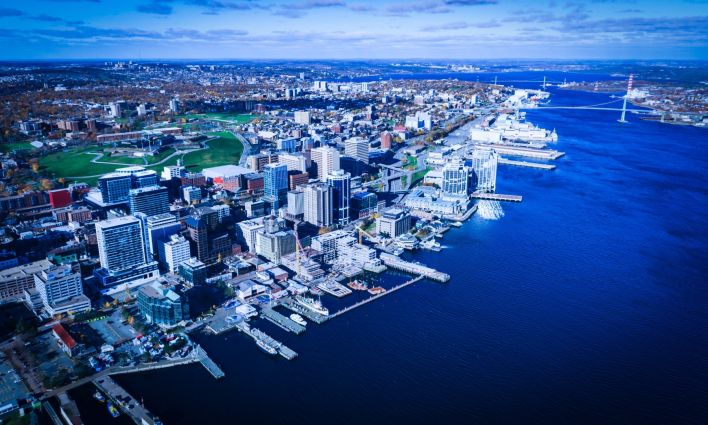It seems that many in the media barely glanced at last week’s Nova Scotia budget. The rationale was that because it would not be put to a vote, it was more akin to an election platform than to an actual budget. But if that’s the case—if the budget is indeed the platform—all Nova Scotians should be giving it more than a quick look. (At this time, no other parties have released their election platform.)
The story so far in the run-up to the May 30 election is that, after three-plus years of telling everyone there is no money, the governing Liberals have suddenly found enough cash to make millions of dollars worth of election promises which—as the media have rightly pointed out—are being paid for through public sector wage restraint.
However, all the attention given to the never-ending list of promises obscures the fact that, election spending notwithstanding, this budget/platform is a continuation of austerity policies—at least for most of us.
With considerable help from the first phase of the federal infrastructure program, the budget proposes an overall increase of 3.7%. But some vital areas are not even going to get enough to keep up with inflation (which is expected to be 2% this year and next). This means that any area not getting an increase of 2% or more is, effectively, being cut.
Some examples:
- Department of Health and Wellness gets a 1.8% increase, which is a small cut in real terms;
- The Health Authority, which funds hospitals, gets only 1.1%—a larger cut;
- Ditto nursing homes;
- Archives, Museums and Libraries get a microscopic increase of 0.3%.
Help for business
A significant share of the increased spending is earmarked for one-time cost-shared infrastructure—for water, sewer, transit and universities. A large chunk of the increase is going to the film industry, bringing funding back (ironically) almost to where it was before the tax credit debacle. But the big winner is the Department of Business which receives an extra $54 million, which translates to a whopping 39% raise. Another wad of Business Department cash is going to rural high-speed Internet—a work in progress for the last decade—and the Centre for Ocean Ventures and Entrepreneurship (COVE) on the Dartmouth waterfront.
Most of the new cash is being funneled through crown agencies like Nova Scotia Business Inc. and the Waterfront Development Corp. and, according to budget documents, is designed “to promote the achievement of private sector growth in Nova Scotia.” That’s a nice ironic touch from a government that came to power denouncing corporate handouts and vowing to stand aside to let the private sector lead economic growth.
But the anticipated growth hasn’t materialized. So the government’s budget proposes squeezing funding for health, income assistance, libraries and public sector wages to raise a few bucks in the hopes that it will coax the private sector into growing.
The continuation of austerity in the aforementioned areas is not just for this year. Save for the election year spending blip, restraint is the plan right up until 2020, according to budget documents. After the 3.7% increase this year, balancing the budget would require limiting spending to a 0.7% increase in the 2018 budget and 1.3% in the 2019 budget.
Targeting public sector workers
The media have helpfully pointed out that the spending announcements are made possible by wage restraint—which is something of a double-edged sword. When governments talk about imposing austerity in order to invest in services like education, home care, health care or child care they need to remember that those services are delivered by people, not robots (yet)—people who need to be treated with fairness and respect. And when they are not so treated, we all pay the price. You do not get the best out of people—people who provide the services on which we all depend—by undervaluing or demeaning them.
Nevertheless, the Liberal government’s budget/platform is a not very subtle promise to Nova Scotians that public sector workers will continue to be targeted as part of an economic strategy and as a campaign tactic. The message is: we’ll give you better roads, a tax cut and some other stuff…but to do so, we must continue to keep the public sector workers down.
Richard Starr is a CCPA-NS Research Associate. This is a slightly edited version of a blog published on his site: Nova Scotia Observer.





